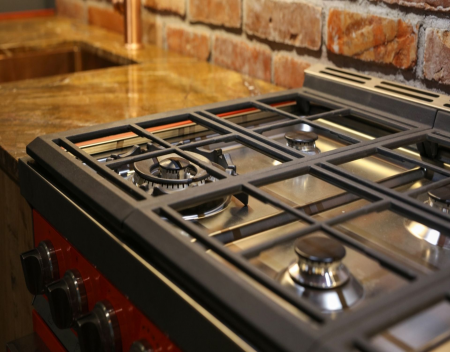Appliance Types
- Air Conditioner
- Automobile
- Chainsaw
- Circular Saw
- Dishwasher
- Drills
- Dryer
- Drywall Screw Gun
- Furnace
- Gas Fireplace
- Gas Grill
- Gas Patio Heater
- Grinder
- Heat Pump
- Impact Driver
- Impact Wrench
- Microwave
- Nailer
- Orbital Sander
- Pool Heaters
- Powerwall
- Range
- Refrigerator
- Television
- Washer
- Water Heater
Appliance Brands
- A.O. Smith
- AccuCold
- Admiral Craft
- AGA
- Airrex
- Amana
- Ambiance
- American Range
- American Standard
- American Water Heaters
- Aquacal
- Armstrong
- Asko
- Avanti
- Avenlur
- Azure
- Beko
- Bellfires
- Bertazzoni
- Blackstone
- Blaze
- Blomberg
- BlueStar
- Bosch
- Bradford White
- Bromic
- Bryant
- Cafe
- Calcana
- Capital
- Carrier
- Char-Broil
- Char-Griller
- Chrysler
- Coates
- Coleman
- Comfortmaker
- Commercial Chef
- Continental
- Cosmo
- Cove
- Crown Verity
- Dacor
- Daikin
- Danby
- Danfoss
- DaVinci
- DCS
- Deco
- DeWALT
- Ducane
- Dyna-Glo
- Dyson
- EcoSmart
- Electrolux
- Element4
- Empava
- Equator
- Eurodib
- European Home
- Everdure
- Farberware
- Fhiaba
- FibroPool
- Fire Sense
- Fisher
- FiveStar
- Flare
- Flash Furniture
- Focus
- Ford
- Forno
- Forte
- Frigidaire
- Fulgor Milano
- Gaggenau
- GE
- General Motors
- GlowBrand
- Goodman
- Grundig
- GSW
- Haier
- Hayward
- Heatstar
- Heil
- Hestan
- Hisense
- Hitachi
- Hotpoint
- iio
- Ilve
- Impecca
- Ingignia
- Insignia
- JennAir
- John Wood
- Keeprite
- Kenmore
- Kenyon
- KitchenAid
- Kucht
- La Cornue
- Lennox
- LG
- Liebherr
- Lifetime
- Lion
- Luxaire
- Lynx
- Magic Chef
- Marvel
- Maytag
- McQuay
- MicroFridge
- Midea
- Miele
- Migali
- Monogram
- Montigo
- Mr Heater
- Napoleon
- Navien
- Nexgrill
- Noritz
- Panasonic
- Patio Comforts
- Payne
- Pentair
- Perlick
- PITT
- Premier
- Raypak
- Real Fyre
- Regency
- Reliance
- Rheem
- Rinnai
- Roma
- Ruud
- Saber
- Samsung
- Schwank
- Sharp
- Smeg
- Solas
- Sony
- Spartherm
- Speed Queen
- StaRite
- State Water Heaters
- Stiebel Eltron
- SubZero
- Summerset
- Summit
- SunGlo
- SunPak
- Sunpentown
- SunStar
- Superiore
- Takagi
- TCL
- TEC
- Tempstar
- Tesla
- Thermador
- Thor Kitchen
- Toshiba
- Town and Country
- Toyota
- Traeger
- Trane
- Twin Eagles
- U-Line
- Unique
- Vaillant Group
- Valor
- Verona
- Victory
- Viessmann
- Viking
- Vizio
- Weber
- Westinghouse
- Whirlpool
- Whynter
- York
- ZLINE
Article Categories
- Air Conditioners
- Appliance Care
- Appliance News
- Dishwasher News
- Drying Machines
- Furnaces
- Gas Fireplaces
- Microwaves
- Pool Heaters
- Refrigerators
- Stoves - Ranges
- Tips and Tricks
- Washing Machines
- Water Heaters
More Articles
Why is my water heater leaking from the bottom?
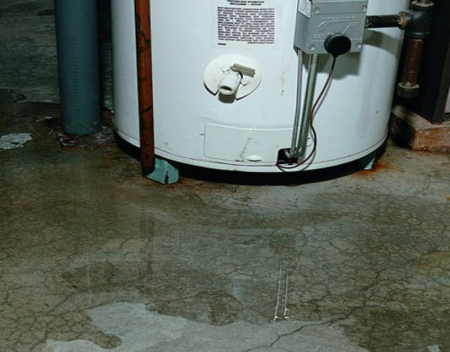
A leaky water heater is nothing to take lightly. Over time, the leaks could cause water damage to the flooring and any surrounding items in your utility area, and they’ll only get worse over time. If your water heater is leaking from the bottom, this almost always indicates a serious problem with your unit.
Faulty Temperature & Pressure Relief Valve. (Or Excess Pressure Buildup in Tank).
The T&P (Temperature & Pressure) relief valve is a safety feature found on all commonly-sold hot water heaters. It releases excess pressure from the tank through a tube directed at the floor – if the pressure gets too high in the tank, water will typically be sprayed through this tube as the pressure is relieved.
If you check your discharge tube and it’s wet, the T&P valve is probably the culprit. It may be faulty and activating even when the pressure inside the hot water tank is normal. You’ll need to call a plumber to replace the valve and ensure your tank stops leaking.
In rare cases, though, your T&P valve may be functioning properly – and there may be too much pressure in your hot water tank. Pressure may build if the hot water tank is heating water too high (exceeding 140-145° F), which could happen with a faulty temperature regulator. Your hot water heater may be at risk of bursting if it exceeds its rated PSI, so contact a plumber for help immediately.
Drain Valve Leak.
Another common cause of water heaters leaking from the bottom is a drain valve that’s not completely closed or is faulty and is leaking. The drain valve is used to drain out the tank to perform maintenance or repairs on the water heater, and is also used to drain sediment that gathers at the bottom of the tank.
If your drain valve is leaking, it may not be damaged. It’s possible that it’s just not completely closed. You may have knocked the handle loose at some point, loosening the drain valve slightly and allowing some water to drip out. Check the knob or handle and ensure it’s completely tightened.
If the water stops dripping, congratulations! Your water heater is in good shape. But if the leak continues, the valve itself is faulty and will need to be replaced either by you (if you’re handy) or by a plumber. The leak will only get worse with time, so we recommend handling the issue as soon as you can.
Internal Tank Leak.
The final – and most common – reason that your hot water heater may be leaking from the bottom is due to damage to the tank itself. If your hot water tank is leaking, that means it’s suffering from an internal, structural problem that is allowing water to leak out and pool at the base of the tank.
The most typical cause of a faulty tank and internal tank leak is a failure to remove sediment from the hot water tank. This is particularly common in areas with very hard water. You should flush your tank and remove sediment every six months.
If you don’t, the efficiency of your water heater will begin to suffer. And over time, the sediment can contribute to corrosion and cracking of the tank shell, leading to a leak that will allow water to pool around the base of the unit.
In the case of internal damage to the hot water heater, you’ll almost always need to replace the unit completely. If you think that your hot water tank is compromised but you’re not certain, it’s a good idea to hire a plumber to take a look at it – that way, if the issue isn’t with the heater tank, you can avoid the expense of purchasing a brand-new unit.
SOURCE: gandcplumbing.com

A leaky water heater is nothing to take lightly. Over time, the leaks could cause water damage to the flooring and any surrounding items in your utility area, and they’ll only get worse over time. If your water heater is leaking from the bottom, this almost always indicates a serious problem with your unit.
Faulty Temperature & Pressure Relief Valve. (Or Excess Pressure Buildup in Tank).
The T&P (Temperature & Pressure) relief valve is a safety feature found on all commonly-sold hot water heaters. It releases excess pressure from the tank through a tube directed at the floor – if the pressure gets too high in the tank, water will typically be sprayed through this tube as the pressure is relieved.
If you check your discharge tube and it’s wet, the T&P valve is probably the culprit. It may be faulty and activating even when the pressure inside the hot water tank is normal. You’ll need to call a plumber to replace the valve and ensure your tank stops leaking.
In rare cases, though, your T&P valve may be functioning properly – and there may be too much pressure in your hot water tank. Pressure may build if the hot water tank is heating water too high (exceeding 140-145° F), which could happen with a faulty temperature regulator. Your hot water heater may be at risk of bursting if it exceeds its rated PSI, so contact a plumber for help immediately.
Drain Valve Leak.
Another common cause of water heaters leaking from the bottom is a drain valve that’s not completely closed or is faulty and is leaking. The drain valve is used to drain out the tank to perform maintenance or repairs on the water heater, and is also used to drain sediment that gathers at the bottom of the tank.
If your drain valve is leaking, it may not be damaged. It’s possible that it’s just not completely closed. You may have knocked the handle loose at some point, loosening the drain valve slightly and allowing some water to drip out. Check the knob or handle and ensure it’s completely tightened.
If the water stops dripping, congratulations! Your water heater is in good shape. But if the leak continues, the valve itself is faulty and will need to be replaced either by you (if you’re handy) or by a plumber. The leak will only get worse with time, so we recommend handling the issue as soon as you can.
Internal Tank Leak.
The final – and most common – reason that your hot water heater may be leaking from the bottom is due to damage to the tank itself. If your hot water tank is leaking, that means it’s suffering from an internal, structural problem that is allowing water to leak out and pool at the base of the tank.
The most typical cause of a faulty tank and internal tank leak is a failure to remove sediment from the hot water tank. This is particularly common in areas with very hard water. You should flush your tank and remove sediment every six months.
If you don’t, the efficiency of your water heater will begin to suffer. And over time, the sediment can contribute to corrosion and cracking of the tank shell, leading to a leak that will allow water to pool around the base of the unit.
In the case of internal damage to the hot water heater, you’ll almost always need to replace the unit completely. If you think that your hot water tank is compromised but you’re not certain, it’s a good idea to hire a plumber to take a look at it – that way, if the issue isn’t with the heater tank, you can avoid the expense of purchasing a brand-new unit.
SOURCE: gandcplumbing.com
Why is My Refrigerator Lightbulb Not Working?

Fulgor Milano will be at KBIS 2023

Microwave Problems You Will Regret Ignoring

A fil rouge between outdoor and indoor

Is this a good dishwasher to purchase?
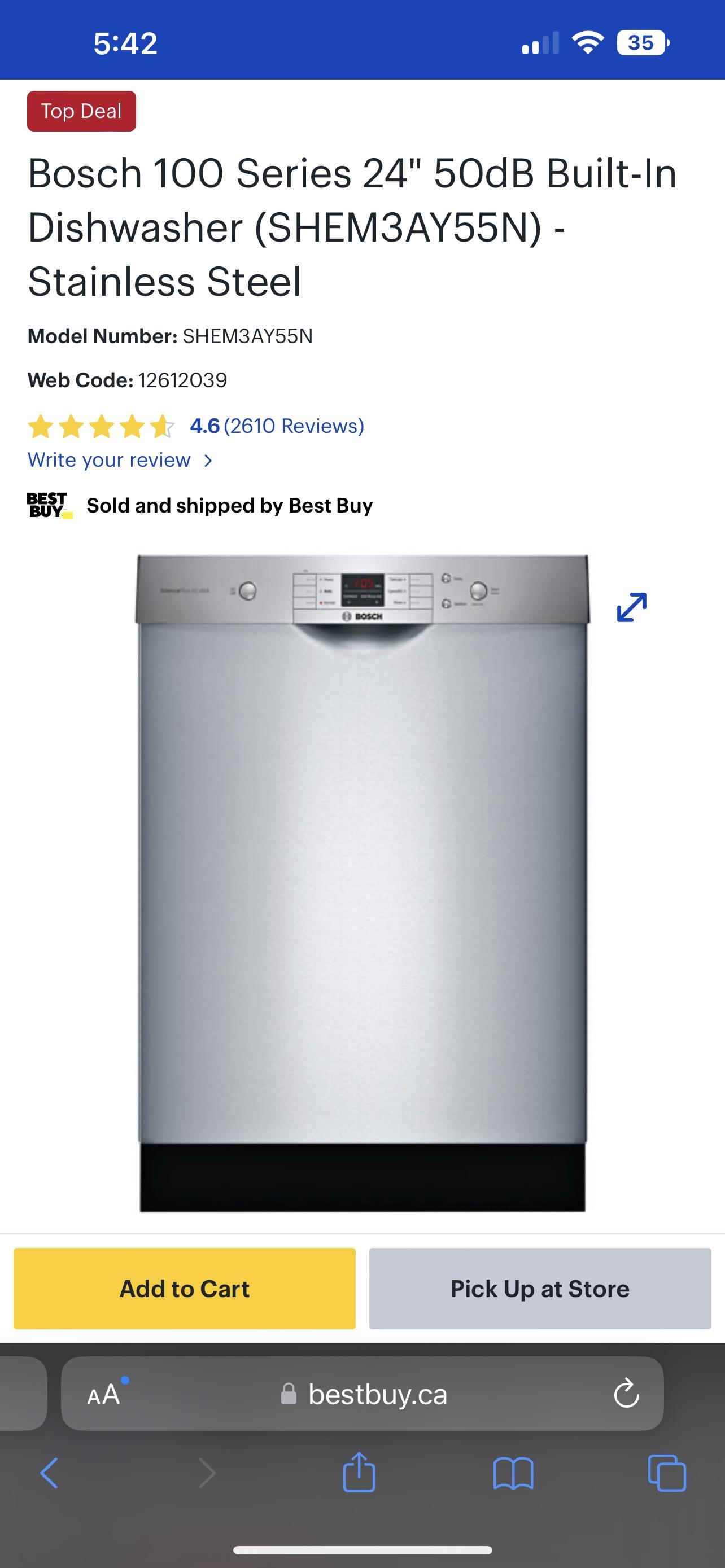
Washer Leaks And Other Washer Water Issues
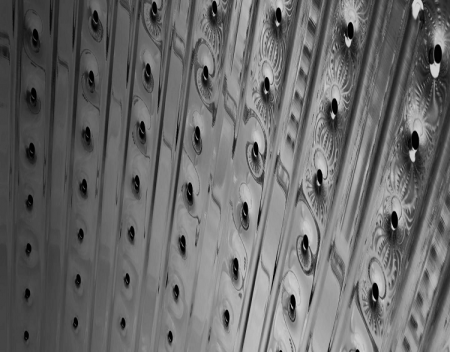
Why Does My Grill Keep Clicking?
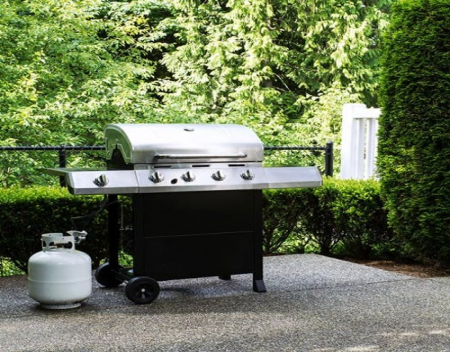
GE Appliances to Invest 118 Million At Its Plant In Georgia

Liebherrs 2022 range of freestanding appliances combines innovative technology and elegant design



